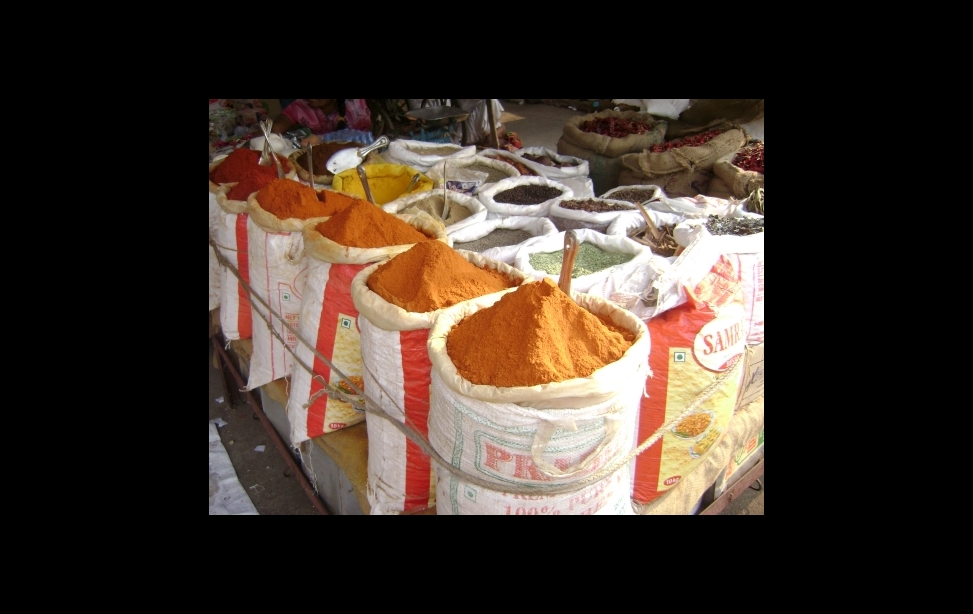The Art Of Food As Medicine
Ayurveda, or the “science of life”, has long informed the spicy cuisine found in India, an influence that pleases not only taste but also health.
Traditional Indian cooking is informed by Ayurveda, an ancient philosophy meaning “science of life”. While Ayurveda is often associated with massage or herbal oils, it also has impacted the use of spices in cuisine. When all the tastes and nutrients have been incorporated in each meal, cooking truly becomes an art as well as a way of maintaining a healthy balance.
In Ayurvedic philosophy, every natural substance contains a unique property that may be applied medicinally, and each person has a unique need for their personal physical constitution. Imbalances may be adjusted by increasing or decreasing the amount of any particular element. The three physical constitutions or doshas, which are present to varying degrees in every person, are kapha (earth and water), pitta (fire and air), and vata (air and ether). Treatments include lifestyle recommendations tailored to meet specific needs; however there are a few basic principles that are generally followed.
Principally, the six tastes must be satisfied in each meal for the body to feel fully satiated. This includes the familiar sweet, salty, and sour tastes, as well as the more elusive bitter, pungent, and astringent tastes. Along with the six tastes, a colorful meal (containing shades of yellow, orange, red, green, and blue-purple), will provide the best nutrition.
One of the easiest ways to satisfy all six tastes and include color is by incorporating a variety of spices in the meal, something that Indian cooking is famous for. For example, adding ginger will satisfy the pungent taste and medically it aids with digestion. Turmeric root will color the meal a bright yellow, provide a pungent taste, and relieve inflammation or infection. Fenugreek, a bitter spice, will aid with diabetes, while asafoetida, another bitter spice, acts as a natural laxative.
A few other general principles can be followed to maximize health benefits from meals. In order to prepare the “digestive fire”, it helps to drink a nectar of honey-lemon-ginger before commencing the meal. The sweet-acidic combination stimulates salivary and digestive juices so they are ready to process the meal. During meals, only small sips of room temperature water are suggested, and no more than your two palmfuls of food should be ingested in one sitting. Traditionally, meals are eaten with the hands rather than cutlery, to further stimulate digestion and prevent swallowing of food that is too hot. At the end of a meal, it helps to chew fennel seeds to freshen the breath. No more than three warm cooked meals are recommended per day, snacking should be avoided, and the last meal is best taken before sunset.
The extensive use of spices in Indian cuisine and the combination of their medicinal properties contributes to healthy digestion and elimination of toxins. The art of cooking exists not only in the appearance, fragrance, or taste of a meal, but also in its ability to balance the body’s needs and promote well-being.
If you are interested in Ayurvedic treatments, practitioners exist worldwide are often found in association with yoga centers.
Photos 1-2, “Selling Spices in India” and “Basic Spices of India”, courtesy of India Free Images by Nishidha Patil.









